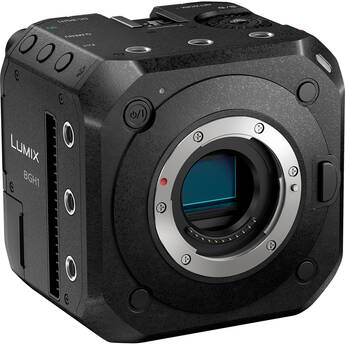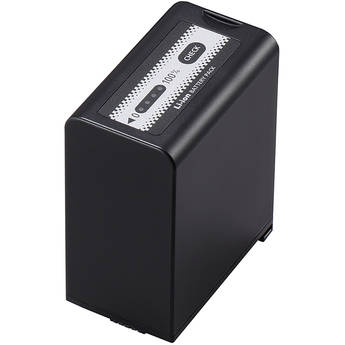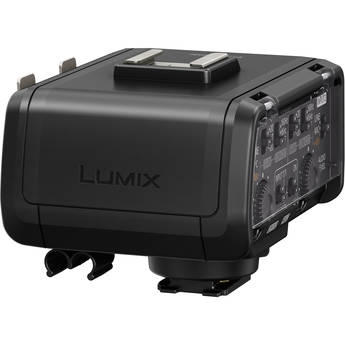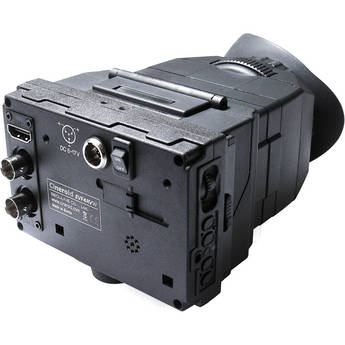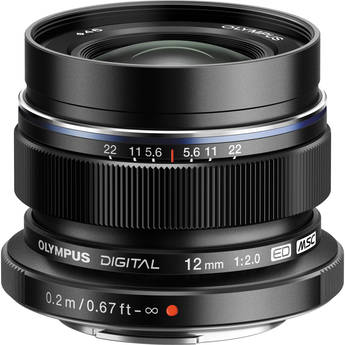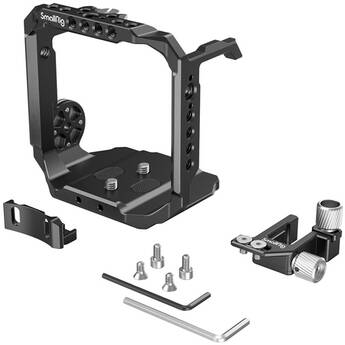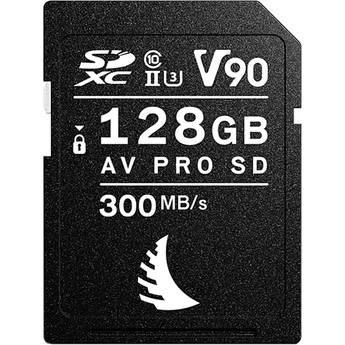Panasonic LUMIX BGH1 First Look Review & Mini Documentary
Music Courtesy of Epidemic Sound
The Panasonic LUMIX BGH1, a box style camera with a Micro Four Thirds sensor, is just about to start shipping and we were lucky enough to take it for a spin. Interested to know how it was to work with it, “documentary style”?, Read on!
Edit: Please head to our Panasonic BGH1 lab test by clicking here.
The Panasonic LUMIX BGH1 was announced during the middle of October, and now it is ready to be shipped. Like many, I got curious to learn and find out how this camera will function in the field, so I took it out for a short spin and came back with some solid thoughts.
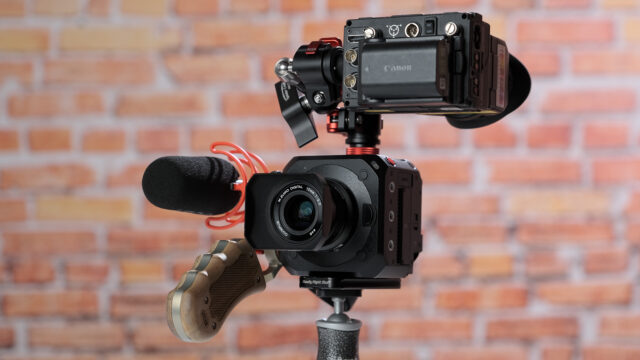
Panasonic LUMIX BGH1 – The Concept
The concept of “box cameras” is not new. We have seen it before, but it seems as if this kind of “camera brain” offerings are somehow gaining momentum. The Chinese camera manufacturer Z CAM did it already, catering our filming community with box cameras, with different sensor sizes. For the sake of comparison, the Z CAM E2 and the (even) more affordable E2C, are the ones to be considered, when comparing the cameras from both brands (for our Z Cam E2C review, click here). RED’s latest camera, the Komodo also looks alike, although accommodating a larger sensor (Super 35) inside, among other specification differences. Anyways, you get the idea, and the mindset of manufacturers: let us build a capable, small camera that can be deployed during different shooting scenarios and on top, cut the usually supplied hardware parts, like the LCD screen and EVF. Assuming that people already have those, this type of philosophy can surely reduce the price, but will require you, as a potential customer, to dedicate additional time in order to make the camera usable for your needs. Does it make any sense? In my opinion, yes, but one really needs to take into consideration what he or she will be using it for.
Panasonic EVA1 Camera Primer
And this is where the beauty of the Panasonic BGH1 lies (and at the same time highlights the weakness in my review).
This is an extremely flexible camera that can be used in so many scenarios – what I was able to do with it only concerns the “documentary usage side of it”. Creators, who will be using the camera on drones, multi-camera productions or such, are of course welcome to share their experiences in the comment section below.
Panasonic LUMIX BGH1 – Who is this Camera for?
If you are a rental house, a busy production company or even a broadcaster, then this type of camera makes A LOT of sense. On one day, it can be used for “documentary style shooting”, the other day, be paired with a drone, the next day serve at a sports event, where the camera can comfortably sit on sticks and be remotely controlled, so in short, you get it. A Jack of all trades, master of none tool that can be very beneficial for many. In any case, and like with many other cameras, the key for successful usage is identifying the strengths of this specific filming tool and for me those are (in no particular order):
- Greater dynamic range when comparing it to other Micro Four Thirds cameras (our full camera Lab Test is coming soon)
- Good rolling shutter control
- Dual ISO camera with very good lowlight capabilities
- Small and versatile
- Flexible recording formats/frame rates/resolutions
- Very good battery life
- Very good sound quality
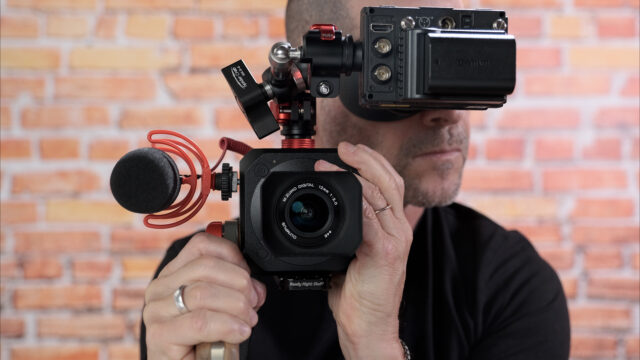
Panasonic LUMIX BGH1 for Documentary Style Filming
Now, imagine this: I sit and look at the camera. The camera is staring back at me. I think to myself, “I can do it”, make this filming tool work for me in the field. All I need is to “rig it up” and find a proper solution to stablize the images coming out of it (no IBIS in this camera).
The LUMIX BGH1 had a bit of a different thought, as it “played hard to get”.
I can’t even tell you how much time I spent on finding a proper solution for rigging that thing. First, I thought that putting the camera on my shoulder (à la shoulder cam) is a good idea, as the extra balance seemed to be the way to proceed. But, it took me seconds to realise that operating and controlling that camera from the shoulder is almost impossible, because of how the buttons are located. Either you need the right controller for it (no clue regarding what piece of equipment is needed in order to serve that purpose), or give up the shoulder option and bring it back to where it belongs, the palm of your hands (sort of). In any case, I tried comforting myself by saying that “this is a really small box camera and rigging it to sit on the shoulder is actually defeating the purpose of it anyways”. So, back to the drawing board and I ended up attaching whatever I needed, like the side Vocas wooden handle and Joby’s Wavo microphone on the camera itself. To my surprise, it was not that easy to attach those, as the screws could not be fastened tightly all the way in. I can only assume that due to its small, lightweight form factor, the alloy body itself is relatively thin, so those 1/4 threads can’t have the standard depth holes. One solution might be using a cage like the SmallRig 3024, which nicely snuggles the camera body and at the same time adds its own attachment points .
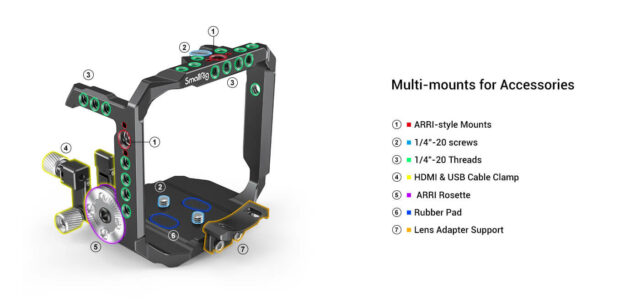
Back to my camera-rigging-attempt. After a considerable amount of time and trying different rigging options, I’ve opted for keeping the camera “as is” and connect my other accessories directly to it. My decision was to keep its small footprint and mimic working with it, as if it was a mirrorless camera (almost). In order to view the images themselves, I used my very old yet trusted Cineroid EVF, which I didn’t use for ages. For on-camera audio, I used the Joby Wavo microphone and for handling, I took a Vocas wooden grip and trap that I had laying in the office.
When it comes to lenses, I chose to work with the Olympus M.Zuiko Digital ED 12mm f/2 Lens and Olympus M.Zuiko Digital ED 12-100mm f/4 IS PRO Lens. The first (12mm lens), is a perfect match for this camera if you are into documentary filmmaking. The optical quality is great, the wight is minimal, it is relatively fast and the wide focal length helps to compensate on movements and shakes, while following a subject (as mentioned before, there is no IBIS in this camera). I can also report that autofocus works very nicely, when using this Olympus lens on the Panasonic BGH1 camera.
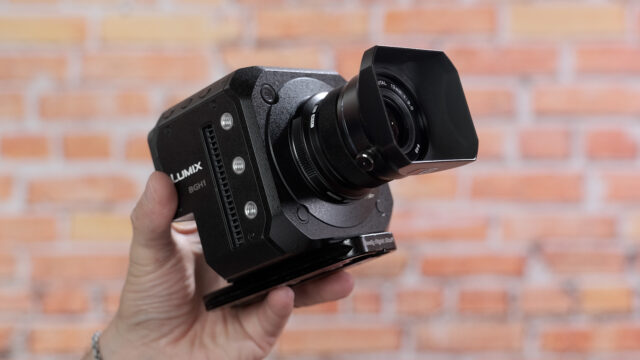
The second lens I chose was the Olympus 12-100mm f/4. It is, of course, a much heavier lens, so for the style of shooting I adapted to during the above documentary, it was not perfect – yet, it allowed me to be fast when I needed to change my focal length (for example, shooting from afar without disturbing the staff and customers at Miraflores and GOTA coffee). The other advantage of this lens is its built-in optical stabilizer. This and the autofocus system were both working well with this box camera from Panasonic.
Operating the Camera Buttons and Menu
Maybe operating the camera buttons and menu were my biggest issue during my filming days, as I found myself constantly fiddling with the buttons. By the way, it can be that operation might become a bit easier when working with a manual lens, so at least there is no need to use the buttons for aperture changes.
I truly hope that in the next model, Panasonic will consider adding a jog dial. This might improve the overall camera user experience, especially when navigating the menu and, of course, during the filming operation itself.
Camera Overall Performance
Using the Panasonic BGH1 requires a short “getting to used to” phase. If you are going to use it for documentaries, and especially for run&gun shooting, make sure to rig the camera so that it is very comfortable to use. This advice might sound like the obvious thing to do, but it has even more to it when working with a camera that is just a box.
The absence of IBIS is a pity (especially since Panasonic is a leader in this field), and maybe the only ways to compensate on this missing feature are by:
- Using a stabilized lens
- Using a wide angle lens
- Using a tripod or gimbal
Audio:
The BGH1 is compatible with Panasonic’s DMW-XLR1E XLR Microphone Adaptor. While we have this component here at the office, I used the camera’s direct 3.5 mic socket in order to keep it compact and the audio quality was fine!
Autofocus:
The camera performed mostly well. As Panasonic is doing their most to constantly improve the autofocus performance within their camera lines, it will be great to see them moving to a more “matured” solution, altogether. If you ask around, many will tell you that they LOVE using their Panasonic cameras with the exception of using the autofocus function.
Lowlight capabilities:
Expect to have a similar performance as with the LUMIX GH5S. Also, remember that this is a dual ISO camera and the native ISO changes depending on the picture profile you choose.
What is missing:
As this is a dedicated video camera, I personally would expect seeing a variable ND filter built in. Now, according to talks we had with different manufacturers, this is a very challenging engineering task, simply because there is not much space inside a camera body for a mechanical ND solution. Hopefully, some sort of electronic variable ND filter can be considered for future models.
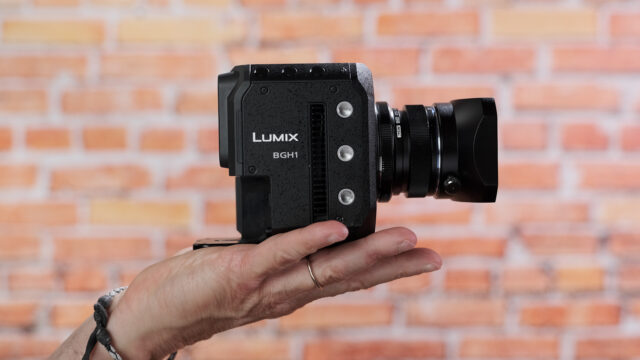
Conclusion
The Panasonic BGH1 camera is a fine, versatile filming device – but not for everybody. If you are an independent filmmaker, easier solutions are available. If you are a broadcaster, production house or a rental house, this camera might be perfect for you, as it can be deployed in so many assignments at a very modest cost. Furthermore, this is the beginning of something that can become very interesting, and I can only presume that if this camera becomes successful, its concept can be “copied” to accommodate a full frame sensor, too.
Oh and one word about color grading: I always find the Panasonic images to suffer from extra Magenta cast, and as Panasonic is seeking to ensure color compatibility across their camera lines, this will probably not be changing anytime soon. Please prove me wrong…
About the above video:
Filmed with a Panasonic LUMIX BGH1 camera and Olympus 12mm and 12-100mm lenses. V-Log L, variety of ISO values (I tried to stay on ISO 400 & 2,000 as they are native to this picture profile). Shot mostly handheld, but the interviews and the sliding shots. Some clips had to be stabilized in post. LUT was constructed with Lutify.me. Music taken with permission from epidemicsound.
Special Thanks
Many thanks to Katie and Markus who dedicated some of their precious time and helped me by appearing in this video. Truly appreciated! Please head to Miraflores’ web page and GOTA Coffee’s site for more information about the most beautiful flower shop and best coffee house in Vienna!
What do you think about the new Panasonic BGH1 box camera? Would you consider purchasing it and if yes, what type of usage do you see for it? Please share with us your thoughts in the comment section below.
